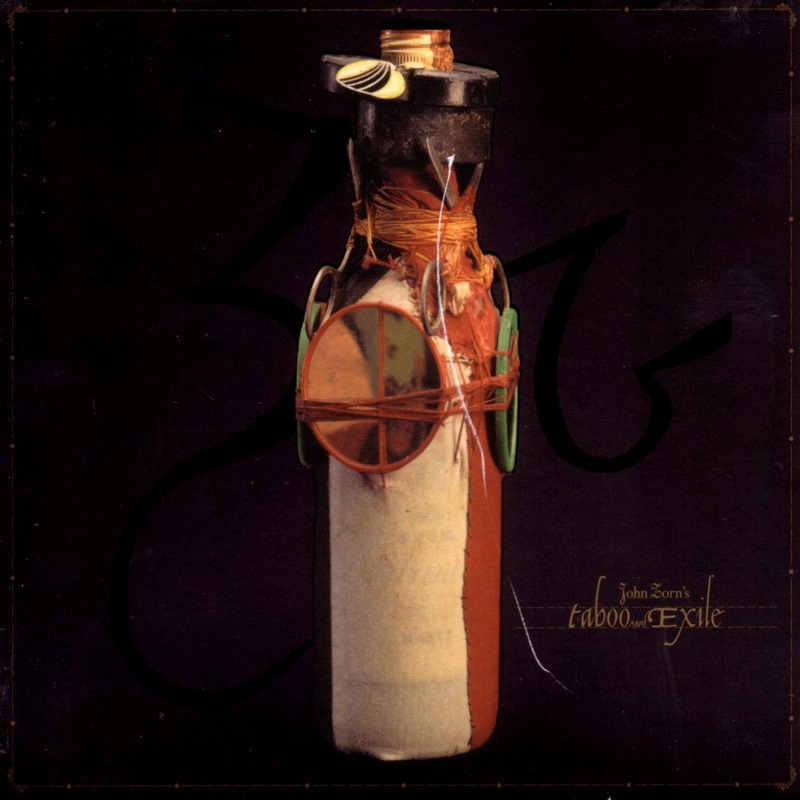Logowanie
Mikołaj - ten to ma gest!
Elton John, The Mamas & The Papas, Cat Stevens, Rod Stewart, Bobbie Gentry, Stevie Wonder, Engelbert Humperdinck
Memory Lane
Edycja Numerowana - 1000 egzemplarzy w skali światowej
RACHMANINOV, Eiji Oue, Minnesota Orchestra
Symphonic Dances / Vocalise
Best Recordings of 2001!!! NAJCZĘŚCIEJ KUPOWANA PŁYTA Z RR!
Karnawał czas zacząć!
Music of Love - Hi-Fi Latin Rhythms
Samba : Music of Celebration
AUDIOPHILE 24BIT RECORDING AND MASTERING
CHOPIN, LISZT, DEBUSSY, DVORAK, Gerhard Oppitz
Dances romantiques - A fantastic Notturno
Wzorcowa jakość audiofilska z Clearaudio
Winylowy niezbędnik
ClearAudio
Double Matrix Professional - Sonic
najbardziej inteligentna i skuteczna pralka do płyt winylowych wszelkiego typu - całkowicie automatyczna
John Zorn
Taboo and Exile
- John Zorn - artist
Music Romance, Vol. 2: Taboo & Exile Review by Stacia Proefrock [-] Like the first volume of the series, Music Romance, Volume Two: Taboo and Exile deals with issues of lost innocence. The first of the Music Romance series had more overt references to childhood, with lengthy literary references and a title which gave it all away: Music for Children. Here the images are a little bit more subtle and a lot darker. The outer sleeve is black, with ritual objects represented in the fiery colors of orange and red. The liner notes contain a photo of poppies as well as more ritual objects, including one which seems to be bathed in blood. The front of the booklet has a photograph of a naked young girl that presents her in a way that is half sexualized, half innocent. There is just one piece of text this time, "A white room with white curtains hides the face of a sleeping child, barely a child, barely asleep, leaving nothing but an image, the sky's double, to rediscover one's innocence." All of this is mere packaging -- a name, some images, some words, but they prime the listener for the experience of the music, for understanding what this recording is all about. And what it is all about is that painful moment between innocence and experience, that blood-filled time where the world cracks and reforms itself, when a line has been or is being crossed. The music itself is achingly beautiful -- the first track, "In the Temple of Hadjarim" sets a hypnotic mood for the rest of the album, with the sensual piano playing of Jamie Saft wrapped up in the atmospheric strings of Mark Feldman, Erik Friedlander, and Greg Cohen. By the second track, things have turned discordant, aided by Fred Frith, Dave Lombardo, and Bill Laswell. Indeed, the list of talented musicians on this project is enormous, which lends itself both to quality and diversity of sound. This is not a piece of classical movements; rather, it is like a film with constantly changing scenes. Before the end of the album, images are evoked of slow, metered tribal ritual, escape on an open road, cabaret, desert and dance. This is one of Zorn's most complex and beautiful pieces, showing that he is still constantly evolving as a composer.





























